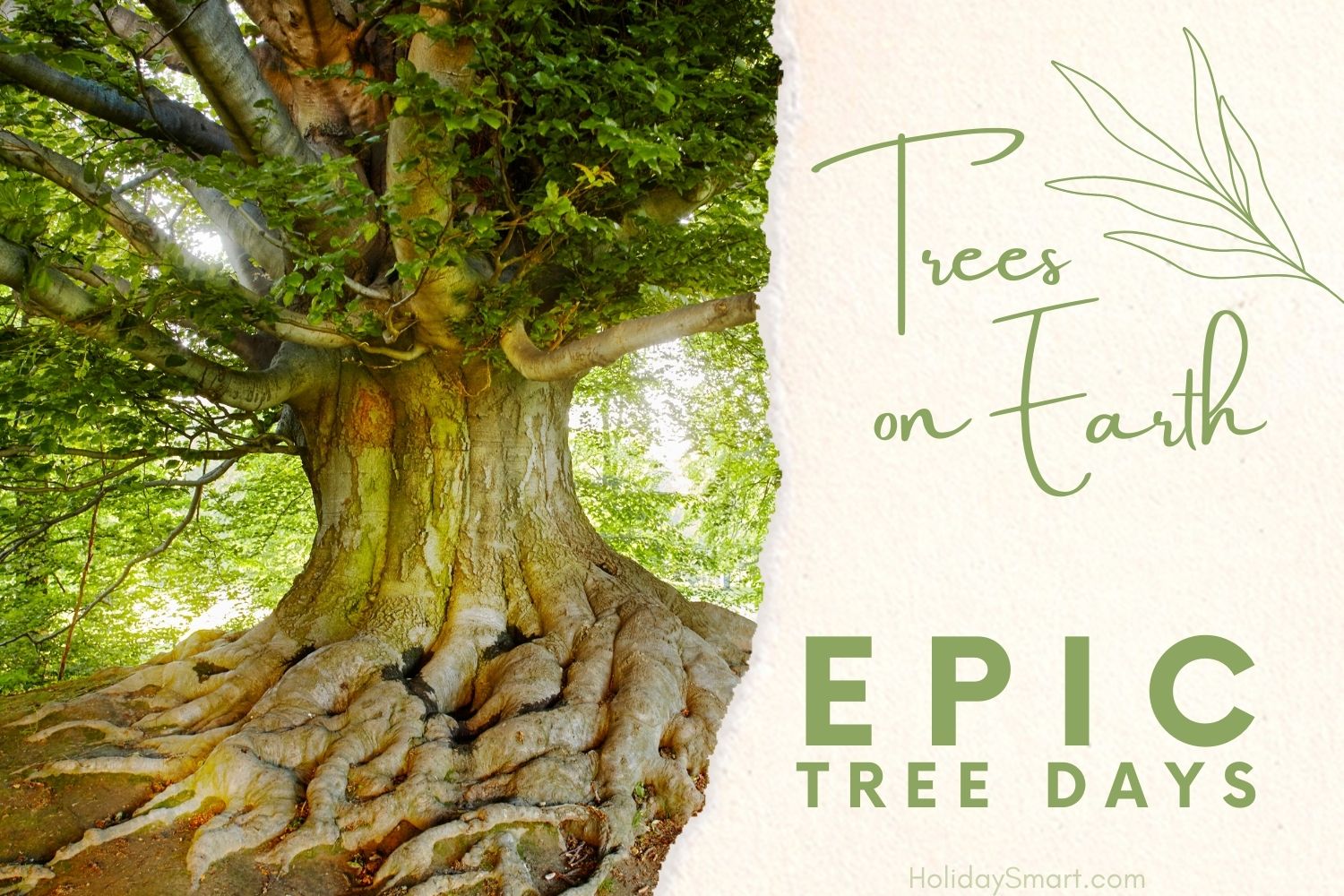All About Moon Phases
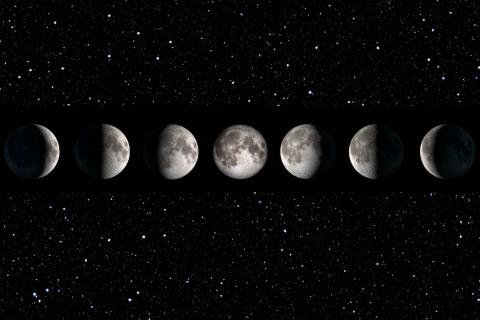
Earth’s closest celestial neighbor, the moon, can change from full and round, to a small sliver, to barely visible at all, and every shape in between. The moon can do all this within about 1 calendar month (27.3 Earth Days). Have you ever wondered why its shape appears to change? In reality, the moon is not changing shape, it only appears to do so because both the Earth and the moon are rotating on their axes while the moon orbits around the Earth. This causes our perception of it to change due to a shift in perspective. The moon has 8 distinct phases which scientists have categorized according to its shape and amount of visible light reflected.
New Moon
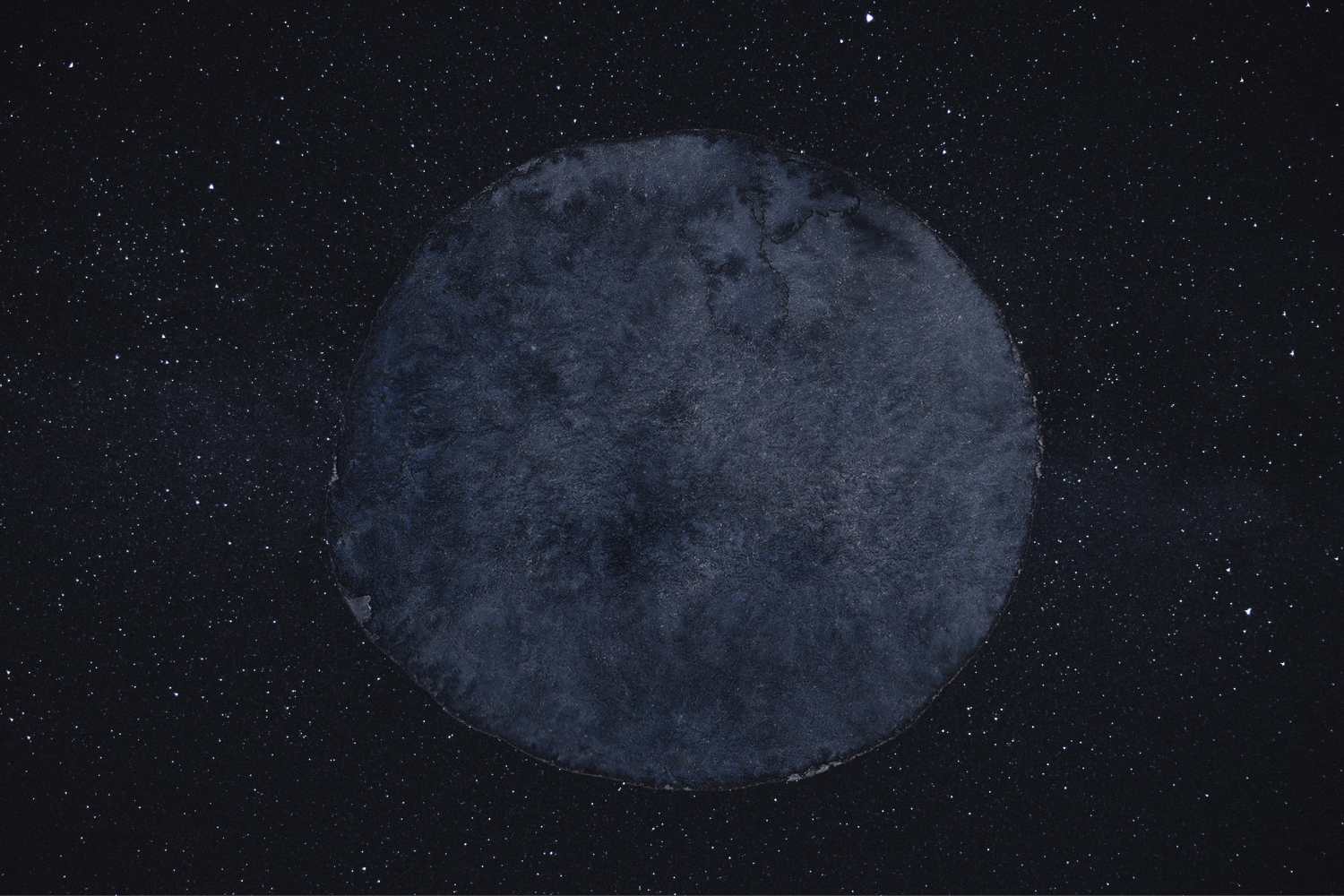
The first part of the moon cycle starts with this “dark” moon. Earth blocks the sun from illuminating the moon during this phase. From our perspective, we can no longer see it because the side that always faces the Earth is not illuminated by the sun.
Waxing Crescent
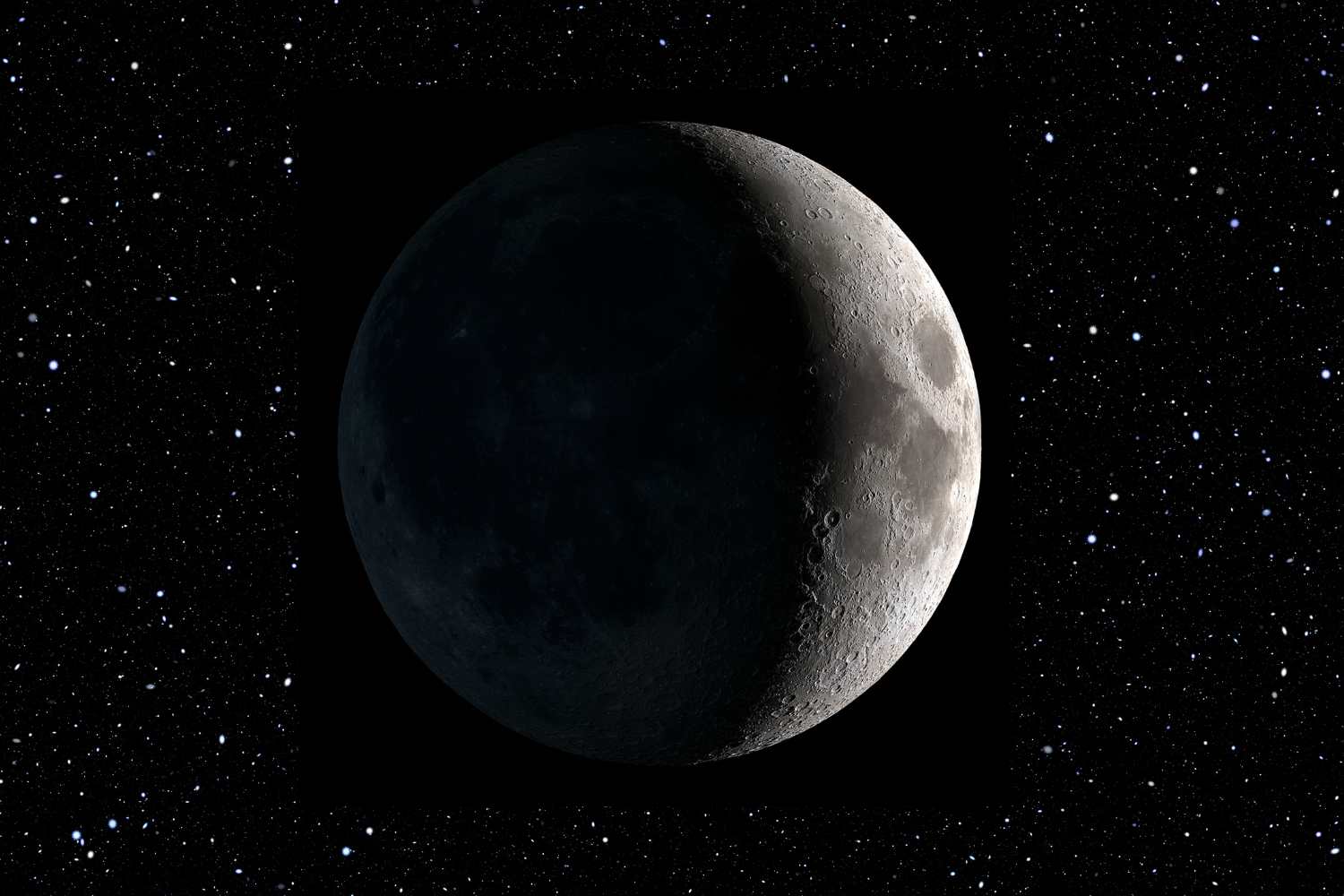
The next phase is the where the moon starts to “grow” and appear in the sky as a small, white sliver. The term waxing simply refers to the growth or enlargement of the visible portion of the moon to viewers on Earth.
First Quarter
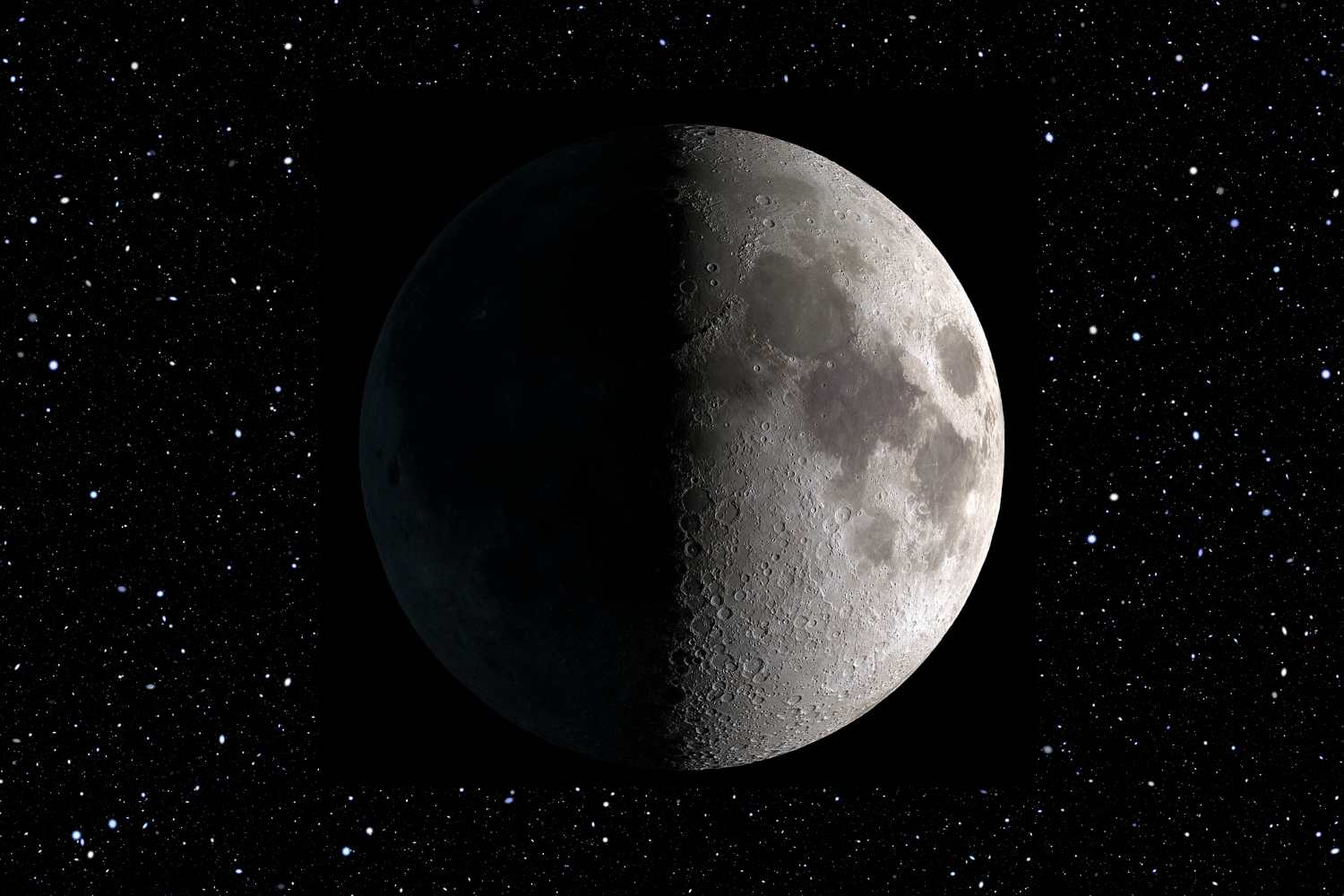
When the moon hits the first quarter phase, exactly half of it is visible in the sky. It has grown beyond its former sickle-shape and is now one part illuminated and one part dark. The “first quarter” is in reference to the moon’s trip around the Earth, and at this point, it has traveled a quarter of its path around.
Waxing Gibbous
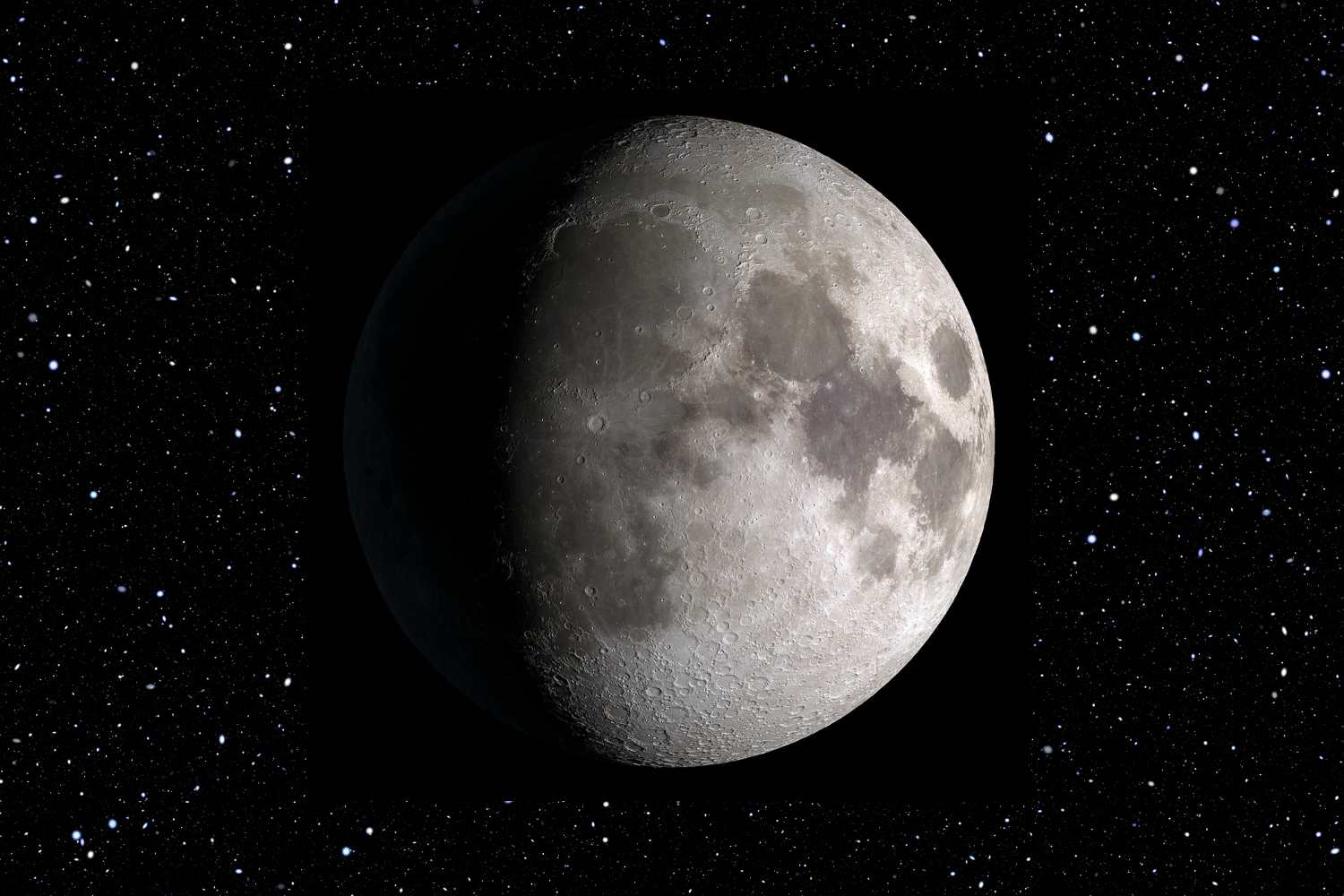
When the moon starts to grow past its half shape, scientists refer to it as a “gibbous,” or greater than a semicircle but less than a circle. As the moon continues its journey we can see how the illuminated part is growing larger nightly, while the dark portion continues to shrink.
Full
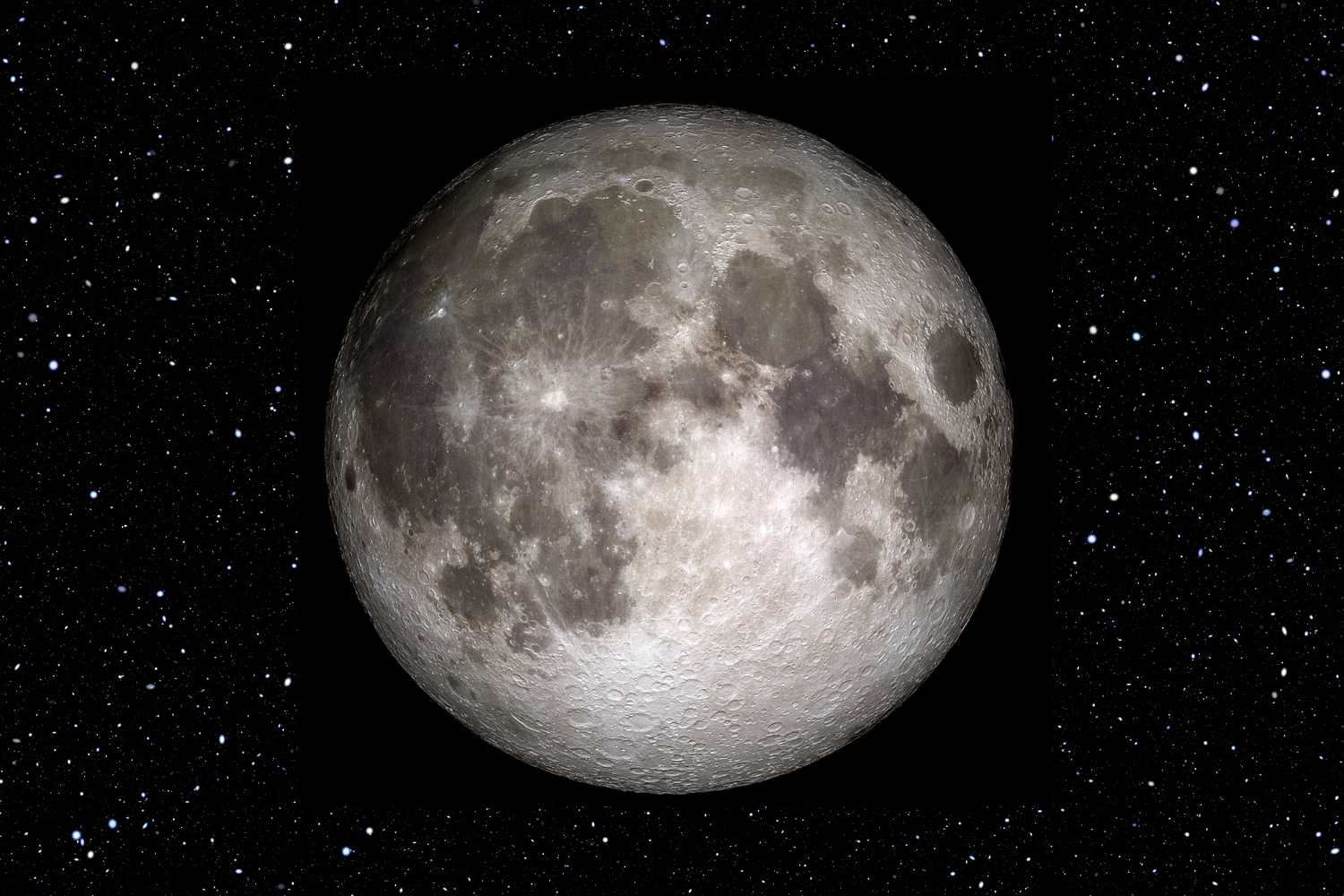
When the moon’s visible side is completely illuminated we witness the beautiful appearance of the full moon. At this point, the moon reflects the greatest amount of sunlight in it’s roughly 30 day revolution around the Earth.
Waning Gibbous
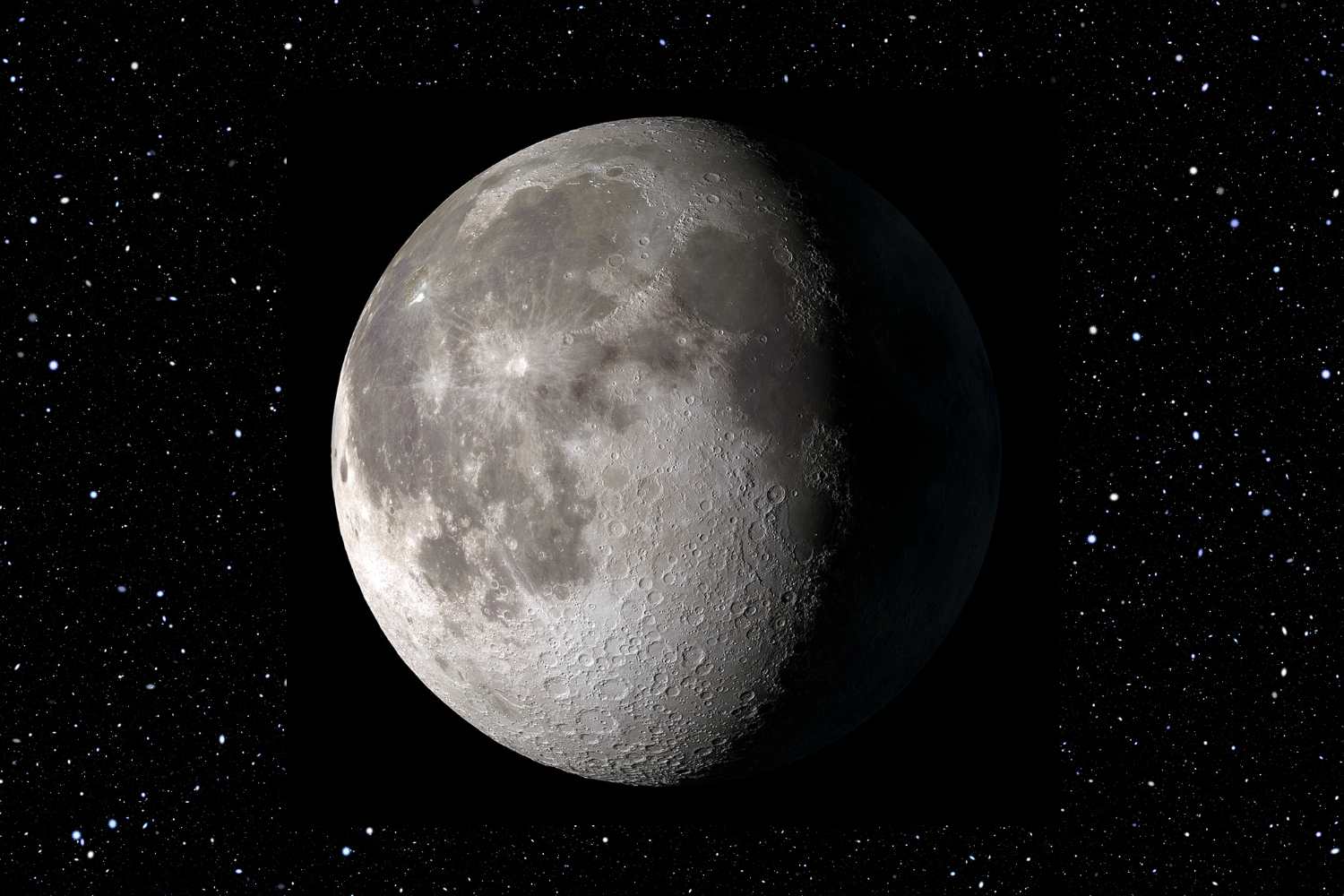
After a spectacular full moon, the moon appears to slowly alter its shape again. The waning gibbous moon is still a semicircle, however the dark portion is growing from the opposite side of the waxing gibbous.
Last Quarter

The moon has now completed 75% of its journey, and is in the “last quarter” of its trip. It is again a half circle, with one side completely dark and the other still illuminated.
Waning Crescent
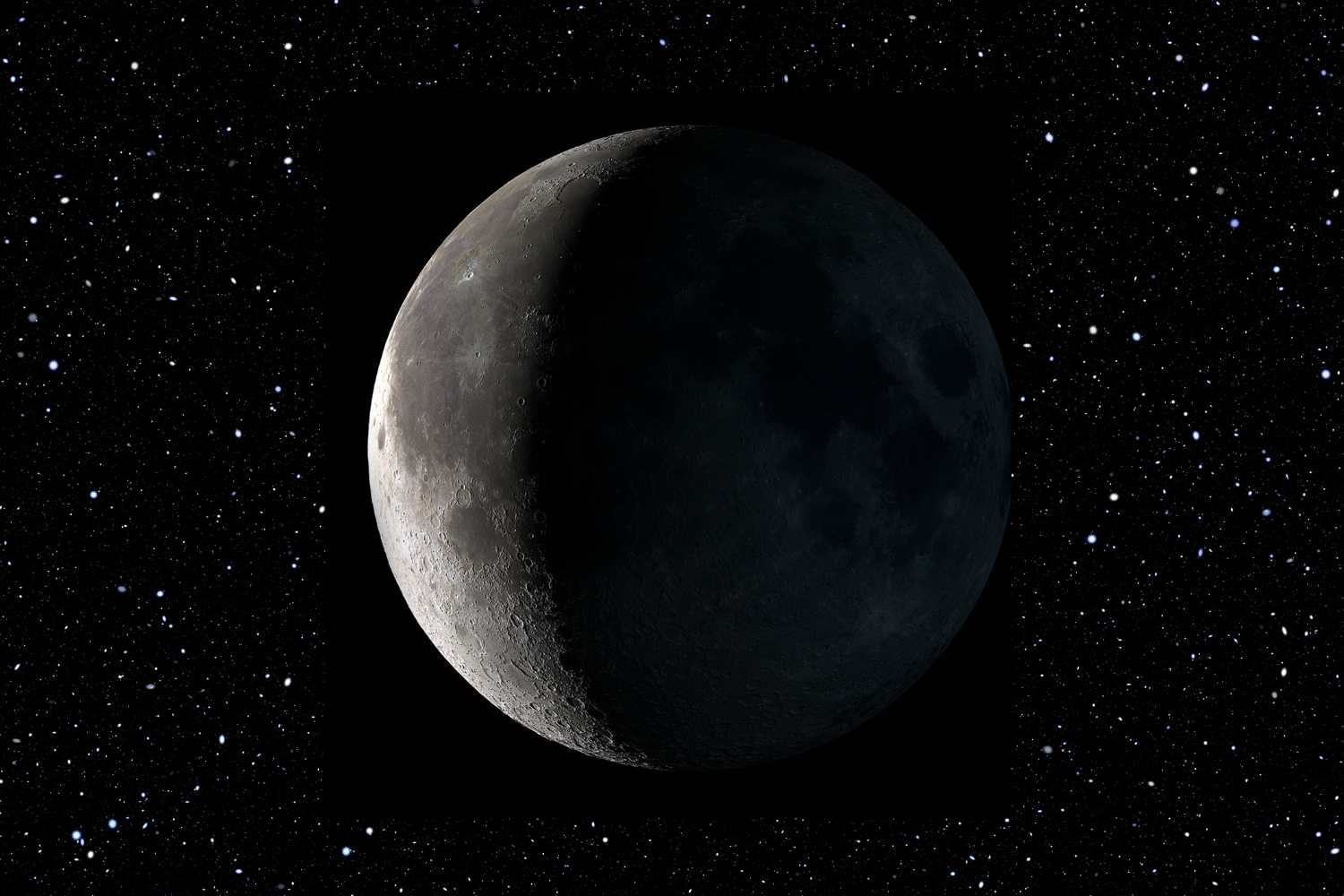
Finally, the waning crescent is the last sliver of moon we see before the whole cycle starts all over again. This crescent moon faces the opposite way as the waxing crescent.
People have been observing the phases of the moon for centuries, and it has been and continues to be an accurate measure of the movement of days and time. When you look up at the sky at night, the moon’s appearance will always tell you how far along it is in its journey around the Earth.



